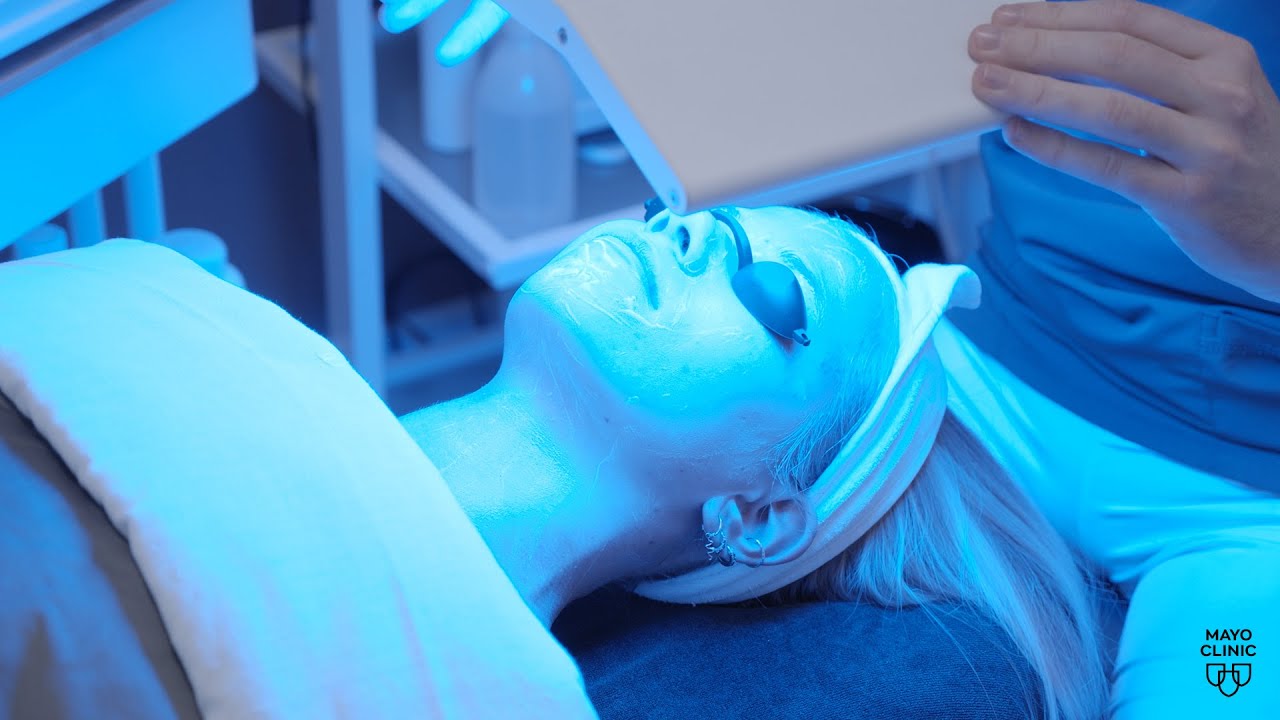High res ultrasound helps in differential diagnosis of blue skin lesions
Reuters Health • The Doctor's Channel Daily Newscast
The finding is reported in the British Journal of Dermatology, online June 19, by Dr. Mahtab Samimi, at Universite Francois Rabelais, and colleagues.
While most blue lesions can be diagnosed correctly by visual assessment, they explain, differentiating them from cutaneous metastases of melanoma can be difficult. To be safe, a blue lesion is usually excised in patients with a history of malignant melanoma. “A tool that could help to discriminate between these two similar lesions would be valuable, avoiding unnecessary excision of blue naevi,” the researchers point out.
To investigate the value of high resolution ultrasonography in this regard, Dr. Samimi and associates studied 29 patients with a total of 39 blue skin lesions. Seventeen of the subjects had a history of melanoma.
The lesions were photographed and studied using dermoscopy and high resolution ultrasonography before being removed for histological examination. Based on the histologic diagnosis as reference, the specificity of sonography was 94.0%, compared to 77.4% for clinical examination and 73.7%.by dermoscopy.
The ultrasonographic images could be differentiated quite readily, the authors report. “A blue naevus is a homogeneous, hypoechoic, “dish”-shaped lesion, located in the superficial dermis, whereas metastases of melanoma are “egg”-shaped or “potato”-shaped, hypoechoic, heterogenous lesions, located in the hypodermis.”
While skilled examiners can usually identify a melanoma metastasis correctly, Dr. Samimi and colleagues say that ultrasound “should assist the decision to remove or to leave the lesion when a patient has a history of melanoma.”
“It could prevent some skin biopsies,” Dr. Samimi commented by email. However, high resolution ultrasonography is not as widely used in dermatology practices as it might be. “For the moment it is not currently used because of its cost (30,000 euros). Besides, HR ultrasonography is not reimbursed yet by the Health Assurances — at least in European countries.”
Reference:
http://www3.interscience.wiley.com/search/allsearch?mode=viewselected&product=journal&ID=123511621&view_selected.x=99&view_selected.y=8
Br J Dermatol 2010.






